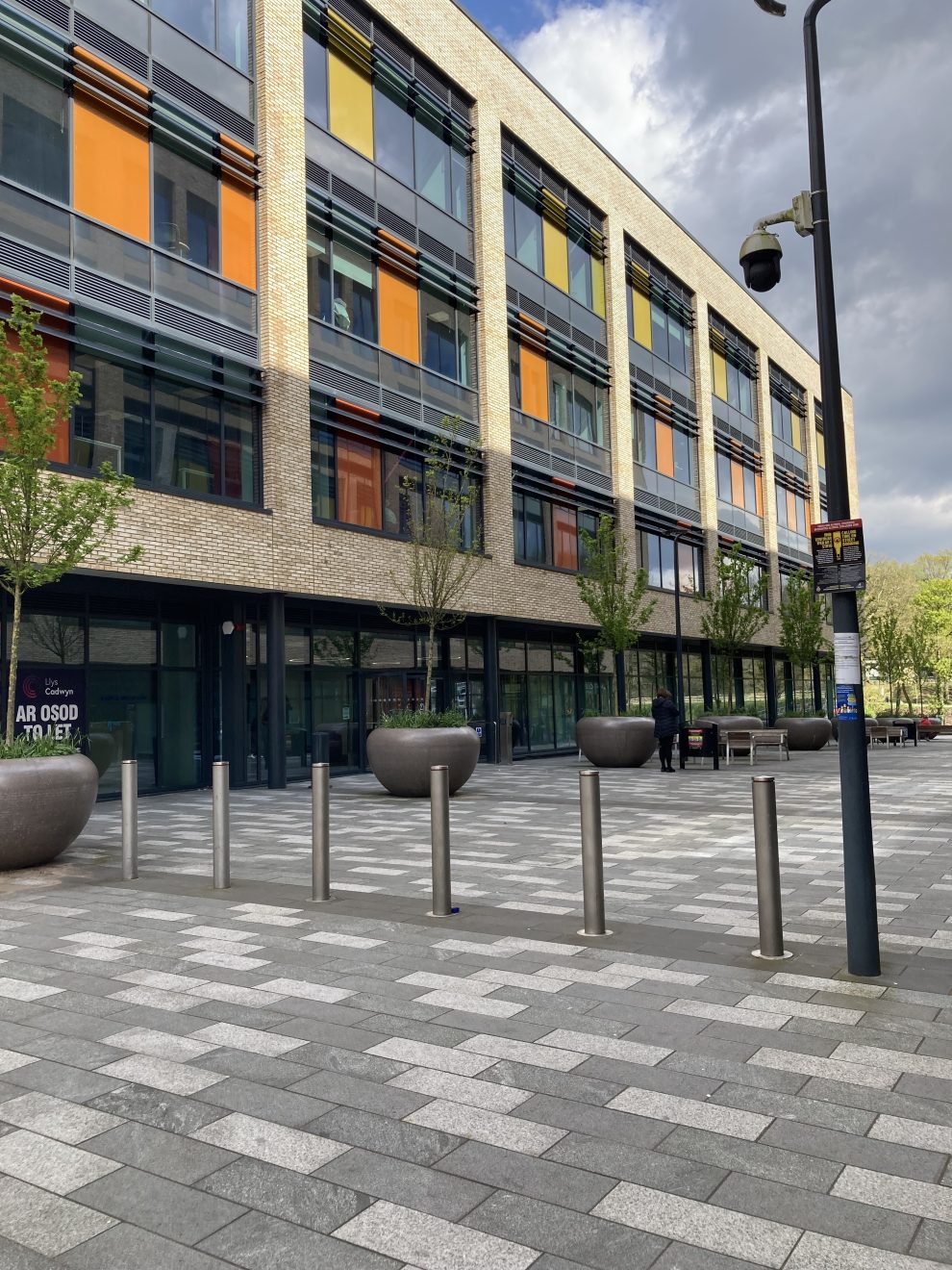THERE are around 300 patients who are ready to leave hospital in one Welsh health board area, which is the equivalent of one hospital being full of patients who don’t need to be there.
That was revealed as members of Cwm Taf Morgannwg Health Board updated Rhondda Cynon Taf full council on its performance at a meeting on Wednesday, April 24.
Figures from the health board show there are around 300 patients who are “clinically optimised for discharge” which chief operating officer for the health board Gethin Hughes said is the equivalent of Prince Charles Hospital in Merthyr Tydfil being full of patients who don’t need to be in an acute hospital bed.
It was also revealed that attendance at A&Es in Cwm Taf Morgannwg is now lower than it was before Covid.
Figures for the health board which covers Rhondda Cynon Taf (RCT), Merthyr Tydfil, and Bridgend show that total A&E attendances over a three-year period from 2021 to 2024 are down 4%.
The number of ambulances coming to Cwm Taf Morgannwg hospitals has also fallen by 16% and admissions are down by 7%.
During the update to full council Mr Hughes said attendance at A&Es is lower now than it was pre-Covid and this is more pronounced at the Royal Glamorgan and Prince Charles hospitals than at the Princess of Wales Hospital.
But he said they’re holding more patients in their emergency departments because although they’re admitting fewer people the people they are admitting are staying for a much longer period of time – on average three days longer than before Covid for each patient.
Mr Hughes said that equates to them using around 140 more beds than they were using pre-Covid and part of that challenge is the extreme length of stay with patients staying for more than 29 days which has gone up considerably.
He said that’s why they’re working with the council to look at different ways to support people to come home.
Mr Hughes said that the length of stay for those with dementia will probably average out about 30 days while it’s about five days for those who don’t have dementia.
He said part of it is about what they do in the community and how they have better advanced planning for patients.
He said it’s a “real challenge” and that’s what’s causing some of the experiences of patients waiting an intolerable amount of time in emergency departments but also the challenge of handing over ambulances in a timely way.
Mr Hughes said they’re getting the vast majority of ambulance crews off within a four-hour window and they then need to get that down to an hour as the actual handover period should probably be 15 minutes.


















